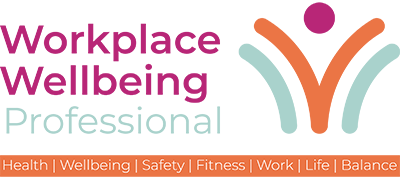Mental Health Awareness Week (12-18 May) isn’t just a calendar event – it’s a catalyst to reshape how employees experience support, belonging and wellbeing at work.
With 1 in 3 employees reporting struggles with depression or anxiety, according to our Global Benefits Attitude Survey and organisations ranking rising mental health issues as a key issue influencing benefit strategy, highlighted by our Global Benefits Trends Survey, organisations must design initiatives that directly enhance the employee experience. Here’s how to embed mental health awareness into your culture and elevate the employee experience.
Design an employee-centric mental health campaign
Employees need to feel seen and supported, not just hear about policies and benefits. Actively promote visible solidarity by encouraging people to wear ribbons or green cloths – symbols that normalise conversations and build collective empathy. Scheduling events such as fundraisers with guest speakers create a culture of psychological safety, where employees feel comfortable seeking help without fear of judgement.
Curate a mental health toolkit
Employees need intuitive, stigma-free access to resources where they can be empowered to take charge of their mental health. A dedicated space could be physical, such as a break room, or virtual, such as an intranet site. Your mental health toolkit could include vendor information, fact sheets, articles or vlogs on key topics impacting mental, social or financial wellbeing. Creating personalised pathways by segmenting content by life stages or challenges will build relevance and help connect employees to the tools needed most.
Partner with vendors to simplify support
Seamless access to care reduces friction, streamlines support and reduces the stress of navigating complex systems during vulnerable moments. Reconnect with vendors to understand their offerings during May on key topics employees care about like “Managing Anxiety in hybrid work” or “Navigating caregiver burnout”. Leverage resources and integrate EAP services so employees can quickly connect with counselling or therapy in seconds
Launch challenges and events
Connection and joy are pillars of a positive employee experience. Dedicate time and space for mental health events (mindful minutes to track meditation time across teams). Schedule leadership fireside chats, or group discussions that highlight mental health, decrease stigma, and build awareness. Creative outlets such as gratitude walls where employees post notes of appreciation strengthens social bonds and counteracts isolation and burnout.
Promote self-care
Encourage employees to take time for themselves, whether that is a mid-day self-care break or taking a mental health day. This sends a strong signal that the company values employees’ holistic wellbeing. Small steps that can be integrated into day-to-day activities can also send a powerful message (eg, 5-minute mindful pauses in meetings or wellbeing nudges to ‘take a stretch break’).
Gather feedback
Campaigns co-created or informed by employee listening drives greater engagement through inclusive, human-centred design. Use insights to track metrics, participation and understand how activities made employees feel will also highlight areas for future focus.
In a world where talent choses employers based on culture, mental health support is the cornerstone of employee experience. The best mental health strategies are not those that simply raise awareness; they strive to transform how employees experience work, every single day. How will you make Mental Health Awareness Week a success in your organisation?




